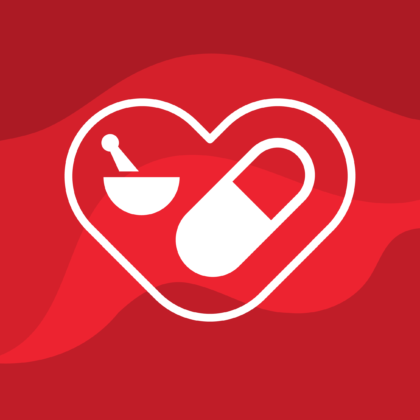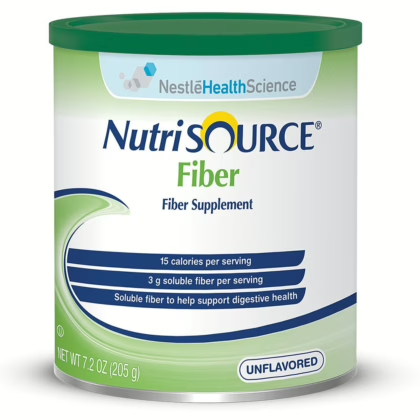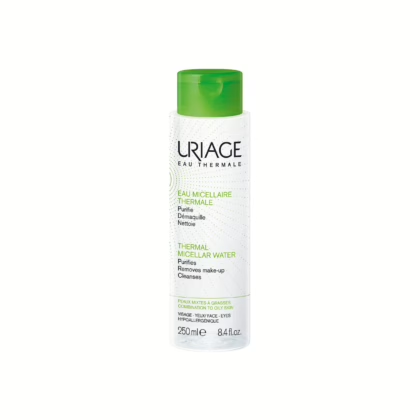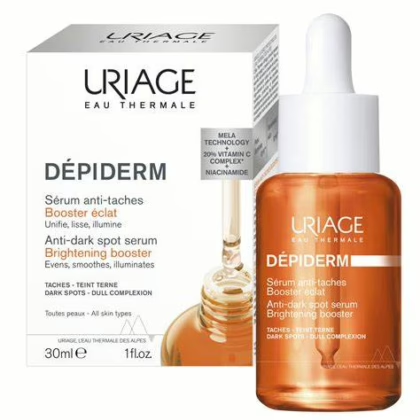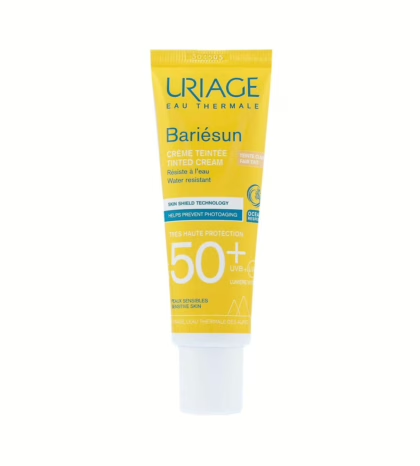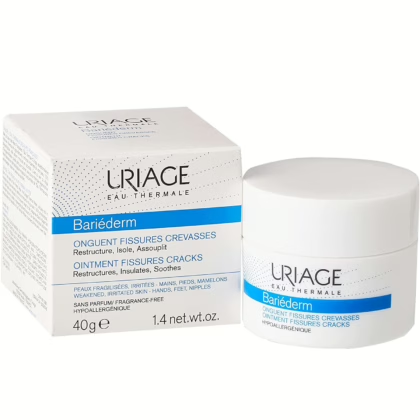Around 1 in every 8 women are diagnosed with breast cancer during their lifetime. Breast cancer is a disease where breast cells get out of control; however, there is a good chance of treatment success if detected at an early stage.
Breast cancer may spread outside the breast through the blood vessels and lymphatic vessels. When it spreads to other parts of the body, it is said to have spread.
Breast cancer symptoms
Symptoms varies from person to person. Some have no signs or symptoms. Despite this, the following are common warning signs:
- A lump in the breast or armpit.
- Breast swelling or thickening in any part of it.
- Irritation of the breast skin.
- Skin redness or scaling in the nipple or breast.
- Pain in the nipple.
- Any discharge from the nipples that is not breast milk, such as blood, even if it is only from one nipple.
- Any alteration in the size or shape of the breast.
- Breast pain in any area
However, keep in mind that these symptoms can due to conditions other than cancer, so consult your doctor immediately if you notice any of these symptoms.
Strange breast shape!
There is no perfect appearance of the breast, what is normal for you may not be normal for others, as well as the shape and appearance of the breast may differ during menstruation, after giving birth, after losing or gaining weight, or even after taking certain medications. Breast shape tends to change with age, that’s why it’s recommended to start mammography only at age 50, then get testing every two years and stop at age 74.
Risk factors
Some women have breast cancer without any risk factors, and the presence of a risk factor does not mean that you will develop the disease, so examinations should be done periodically.
Non modifiable factors
- Age. Usually, breast cancers affect women who are 50 years or older.
- Hereditary factor.
- Reproductive history since early menstrual periods before the age of 12 and the onset of menopause after the age of 55 expose women to hormones for a longer period of time, which increases the risk of breast cancer.
- Dense breast, where the breast contains more connective tissue than fatty tissue
- A family history of breast cancer or some noncancerous breast diseases. Having a first-degree family with breast cancer, such as a mother, sister, brother, or daughter, raises your risk.
- Previous treatment using radiotherapy. Women who had radiation therapy to the chest or breast before the age of 30 are more likely to develop breast cancer later in life.
Modifiable factors
- Lack of physical activity.
- Overweight or obesity, especially after menopause.
- Hormone replacement therapy that includes both estrogen and progesterone used during menopause may increase the risk of breast cancer when used for more than five years.
- Reproductive history. The first pregnancy can result after the age of thirty and not breastfeeding.
- Drinking alcohol.
- Smoking or exposure to chemicals that can cause cancer
- Changes in other hormones due to night work may also increase the risk of breast cancer.
Breast cancer treatment
Treatment include:
- Surgery
- Chemotherapy
- Radiation therapy
Surgery is often the first step of treatment, followed by chemotherapy, radiotherapy, or in some cases hormone therapy.
We all know you’ll be thrilled when the treatment is finished, but you’ll need to see your doctor for years to see if the cancer has come back -God forbid-.
Prevention
Some healthy changes can help you reduce your risk of breast cancer, such as:
- Maintaining a healthy weight.
- Exercising regularly.
- Stop drinking alcoholic beverages.
- Breastfeeding your children naturally if possible.
Staying healthy will reduce your risk of developing cancer and improve your chances of surviving cancer if you do.
